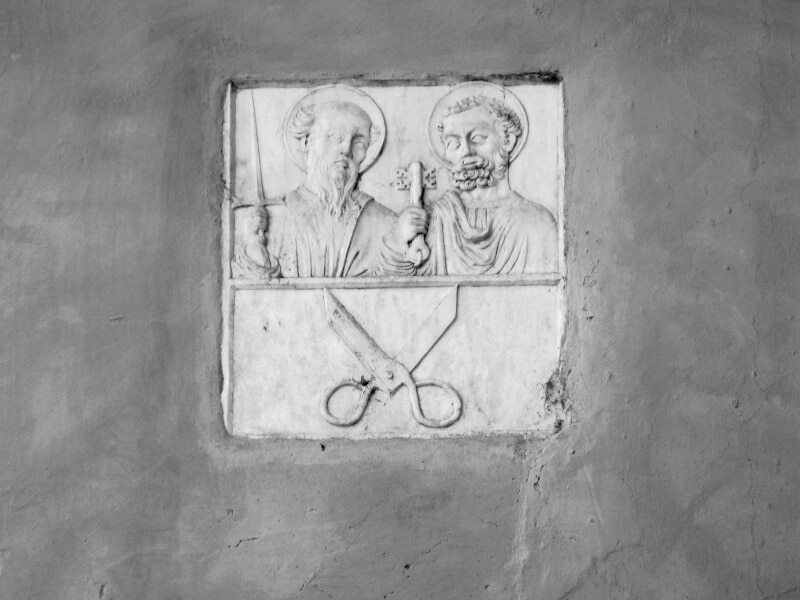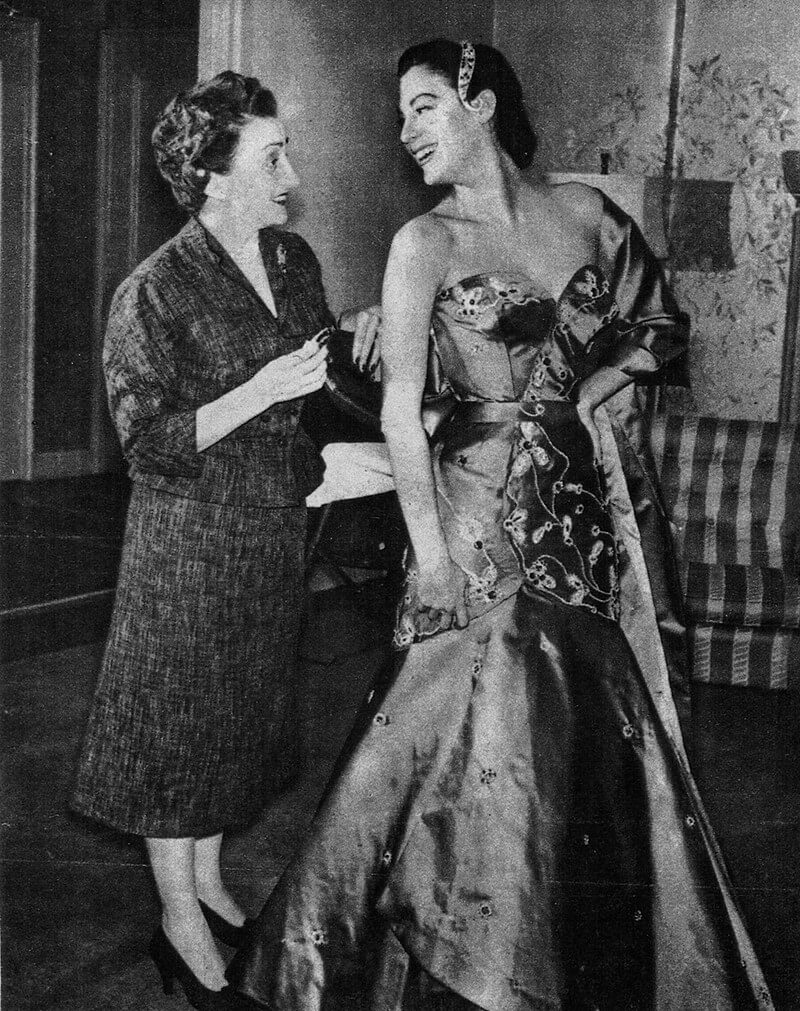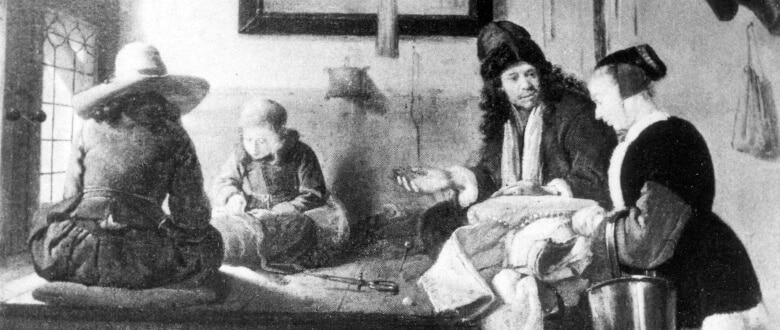Italian tailoring is one of the artisan sectors that has made Made in Italy famous worldwide. Have you ever wondered how and when this noble art was born?
Tailoring boasts a history spanning centuries. Its origins date back to 1575, when Pope Gregory XIII established the first Università dei Sartori (university of tailors). The etymology of the Italian term “sartoria” (tailoring) dates back to the Latin language, and more precisely, it derives from the verb “sartor”, which means to restore. In ancient times, the tailor was a craftsman who cared for patching up clothes. Today, its meaning has a much deeper and nobler value.

From Botteghe to Made in Italy
During the Kingdom of Italy (1860-1946), no true national identity or an Italian style existed. The botteghe (artisan tailor workshops) mainly used the English style for men’s clothes and the French one for women’s clothes. Each regional school had its nuances, with the Neapolitan school differing from the Florentine one, and so on. But the taste, the attention to materials and the centrality of the customer were already common characteristics all over Italy.
Italian fashion only began to appear globally in the 1950s and 1960s, thanks to stylists still known today, such as Ottavio Missoni and Krizia, up to Giorgio Armani and Valentino. In these years, Milan became the world capital of fashion, together with Paris and New York, and Italian fashion became a point of reference worldwide.

With industrialization and the birth of ready-made clothes sold in standardized sizes, the sector had significantly lower production and labour costs, achieving great success among most customers. It was a hard blow for Italian tailors, who had to reinvent themselves, focusing on manual skill and the quality of the finished product, the choice of fabrics and details, and the ability to make every fold of a dress or suit fit naturally to the customer’s build. These were the years of the Fontana Sisters and Elsa Schiaparelli, who relaunched the sector until it reached the Made in Italy label in the 1980s.
Italian tailoring today
That of the sarto (tailor) is a complex art of precision and attention to detail. The choice of raw material, quality, comfortable and durable fabrics is essential. It takes creativity, versatility, and passion. Tailoring is the art of elegance and patience!
Modern tailors know how to constantly renew their artisanal botteghe, reinterpreting the classic style and adapting it to the contemporary with taste and creativity, and designing their own collections.
Are you dreaming of sewing as an Italian tailor?
How to become a tailor in Italy: study sewing in Cesena
Check out our courses to learn sewing or become a professional tailor in Italy!
- Creative sewing: This course is perfect for learning dressmaking techniques while recycling materials.
- Sewing course: this course is ideal if you want to learn cutting and sewing techniques for personal use or to turn this passion into a professional opportunity.
- Advanced sewing workshop: this is a fully customizable course to meet the needs of those who work in the field of fashion.
Our established Sartoria school in Cesena has a program for international students that allows people from all over the world to learn the techniques of Made in Italy.
Cesena is a small and picturesque art city in the region of Emilia Romagna, near the renowned beaches of the Adriatic Sea. Studying and living in Cesena allows you to discover hidden gems, like the Malatestiana Library (inscribed in UNESCO’s Memory of the World Register in 2005) and visit historical places like Florence or Venice in one day thanks to the excellent train connections.
Contact us: we will be delighted to assist you by chat, telephone or email. You can also request a virtual meeting to meet us online.
Article sources:
riccisposo.it/la-storia-della-sartoria-italiana
magazine.verisarti.com/storia-della-sartoria-italiana
Image sources:
accademianazionaledeisartori.it
fondazionemicolfontana.it


